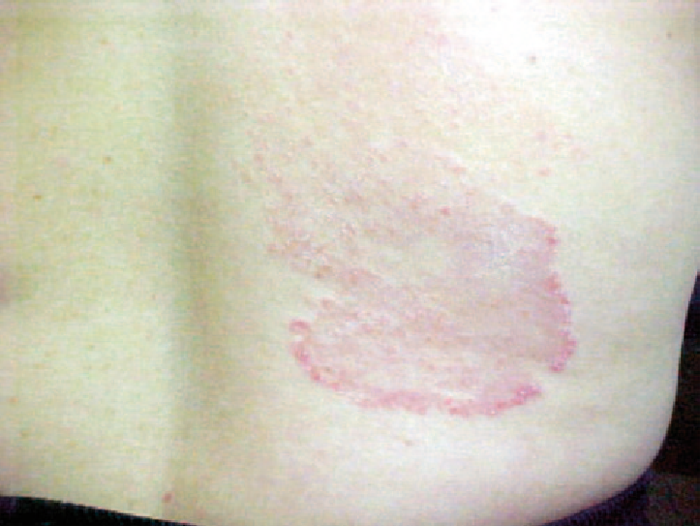
Tinea corporis refers to dermatophyte infections of the trunk, legs, arms, and/or neck, excluding the feet, hands, and groin.
Causes of Tinea Corporis
Tinea corporis (often called ringworm of the body) is a common skin disorder, especially among children, but it may occur in people of all ages. It is caused by mold-like fungi (dermatophytes). Tinea corporis is caused by a fungus. Tinea corporis is contagious and is spread through infected pets or through direct contact with infected individuals. Most cases are acquired from household pets.
Symptoms of Tinea Corporis
- Itching of the affected area
- Skin lesion, rash on the arms, legs, face, trunk (usually exposed body areas), Ring shaped, Reddened patch (abnormally dark or light skin), Borders advance and spread and the center clears, Borders appear scaly, distinct
Diagnosis
The diagnosis is primarily based on the appearance of the skin. If tests are used, they may include the following:
- A KOH (potassium hydroxide) test, in which skin scrapings are dissolved in KOH and then examined under a microscope. This test is painless and easy, and the results are available immediately.
- A skin lesion biopsy with microscopic examination or culture to look for dermatophytes.
Treatment
Antifungal Agents See Dermatophytoses, for topical therapy. See Tinea manuum, for systemic antifungal therapy.
References